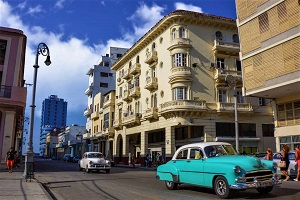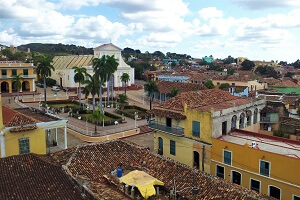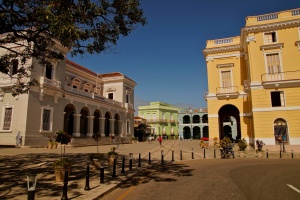Fact check: Here’s why there are so many classic cars in Cuba
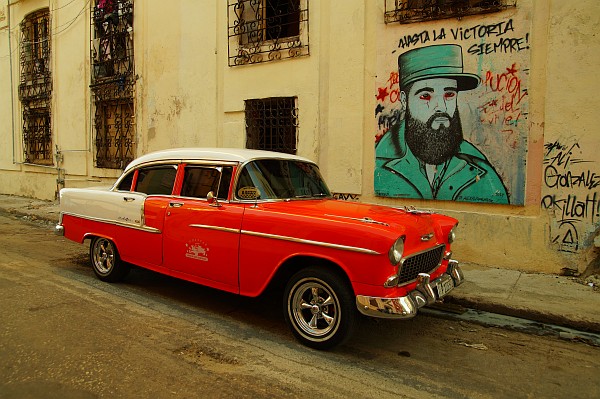
Updated: Dec 19, 2022
Updated: Dec 19, 2022
Vintage cars belong to Cuba like salsa, tobacco and rum. If you watch the traffic in Havana, you often feel like you've been taken a good fifty years back in time. But why are there so many classic cars in Cuba? Or one could also ask: Why are there so few modern vehicles? A variety of different explanations and theories are circulating on the Internet. This article provides clarity by first debunking the various myths and then explaining the true origin of the many classic cars found in Cuba.
1. Hypothesis: Cuba lacks funds (hard currencies)
Some believe that the Cubans simply lack the funds to import new vehicles. This is a plausible assumption in and of itself. But how can it be that the old junked car costs in Cuba far more than in nearly all other countries?
Even a junked American car is priced at a minimum of 10,000 USD. A well-maintained classic car with renewed (pre-used) equipment under the hood, as used to transport tourists, will easily cost 30,000 USD upwards. A used (regular) modern car is often priced far over 100,000 US-Dollar. However, most cars are of the classic type and in deplorable conditions, due to a lack of spare parts. One could get several new cars abroad for such sums, couldn't one? Something must be wrong. Therefore, it can't be due to a lack of money.
2. Hypothesis: The Yankees are to blame
If it's not the money, it could be the imperialist posturing of the capitalist arch-enemy. After all, the Americans have boycotted the socialist island for over six decades, when and wherever they can. Ships are not allowed to dock in Cuban ports. Companies doing business with Cuba face American sanctions. Is that the reason for the few modern vehicles on Cuba's roads?
A second look defuses also this theory. For example, the entire state fleet of rental cars is imported, some from the Asia, others from Europe, even new American cars can be found. Thus, importing vehicles is certainly possible. In fact, the embargo does not prevent Cubans from purchasing vehicles abroad. In the worst case, due to the strict economic sanctions, transportation costs are somewhat higher...
3. The solution of the mystery
The origin of the very few modern vehicles found in Cuba is due to the unique economic system. After Fidel Castro came to power in 1959, were not only all production plants and most of the land nationalized, but private individuals were also prohibited from owning vehicles. However, those vehicles already privately owned at that time remained exempt from this restriction.
Those family-owned vehicles that were already on the island were declared private ("particular") and received a "P" in the license plate. Until today, the private import of vehicles remained prohibited, with a few exceptions.
Exceptions to the import ban were made in only a few specific cases for Cubans who worked abroad on behalf of the state, such as the well-known Cuban doctors. A few attempts were also made to allow high-achievers to import vehicles. This privilege was granted to university professors, for example.
However, the majority of vehicles imported after the revolution are state-owned. Senior state employees - of which many exist in Cuba - often receive a motorcycle or a car from their state employer. Considering the very low wages, a vehicle is an important motive to work for the state.
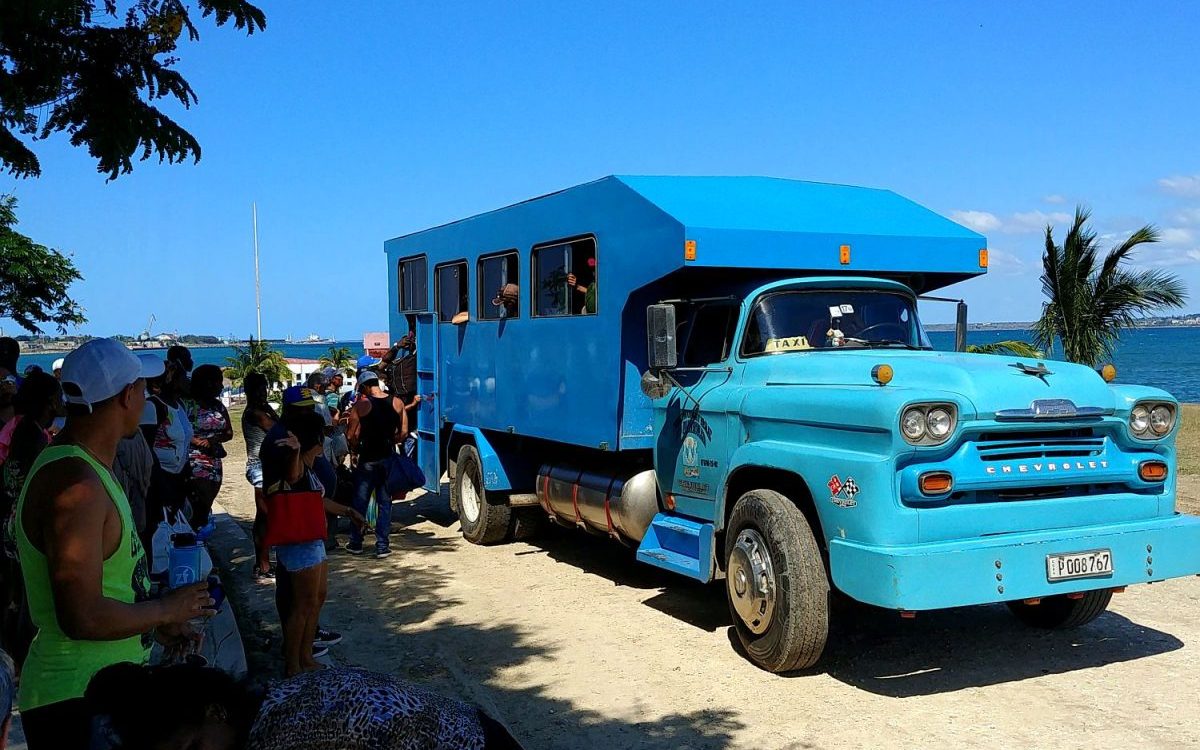
A daily struggle: el transporte
In the course of economic reforms after Fidel Castro's retirement, foreign car manufacturers were permitted to import and sell vehicles. However, the Cuban state charged taxes of about 800 percent, which drove the prices of the vehicles to exorbitant heights. With prices of $250,000 for a budget car, there was understandably little vehicle sales.
4. The consequences of this economic policy
The consequences of this restrictive economic policy - Cubans speak of an internal blockade - are empty streets and the many vintage cars, that are kept alive with endless repairs.
 Most of the classic cars have been operating for decades as shared cabs, making them an indispensable part of the Cuban passenger transport system, which is too often disastrous due to the lack of vehicles.
Most of the classic cars have been operating for decades as shared cabs, making them an indispensable part of the Cuban passenger transport system, which is too often disastrous due to the lack of vehicles.
The state only accepts private cab drivers, as it is not in a position to handle passenger transport itself. Again and again there occurs tension between the drivers and the government. From time to time the state regulates the self-induced misery with ever new regulations, taxes and licenses.
The owners of the classic cars have to import most of the spare parts from abroad. A lot is imported from the USA or even from Russia. Usually Cubans travel to the countries, get some parts and bring them to Cuba. Thus, spare parts also have exorbitant prices, making the vehicles even more expensive.
Vehicles can therefore be seen as an investment good. Families who enjoy the privilege of owning their own car not infrequently live primarily from the income generated by the vehicle.
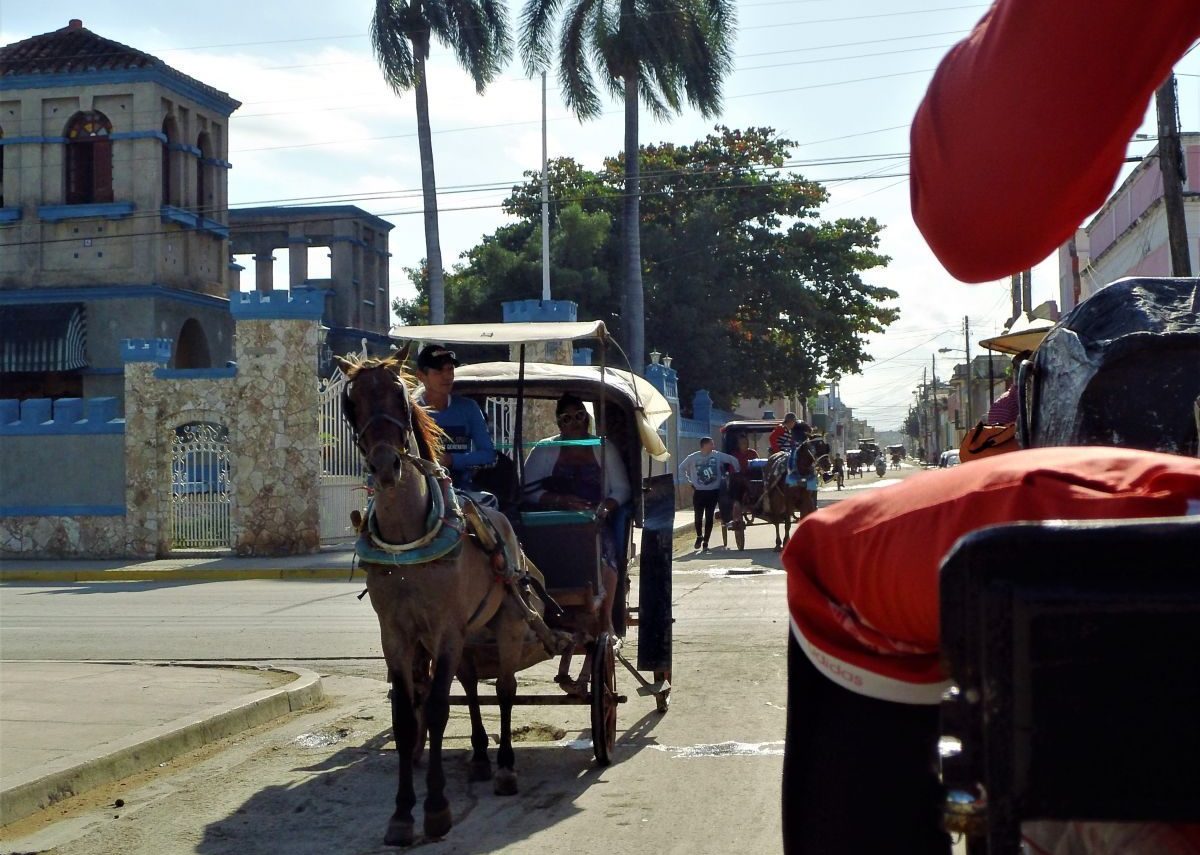
Sustainable Transport
Another consequence of this policy is that the inefficiency results in high transportation costs. Many Cubans - especially in Havana - have to spend a significant portion of their income on transportation. This is compounded by hours of waiting for a vehicle. In many other cities, however, horse-drawn carriages still dominate local public transportation.
Conclusion
The real reason for the high number of classic cars in Cuba is the restrictive economic policy of the Cuban government, which de facto does not allow private individuals to import motorized vehicles since six decades.
The socialist approach that vehicles should not be privately owned thus paradoxically leads directly to a market dependency between "consumers" and the "capitalists," the owners of the few vehicles.

